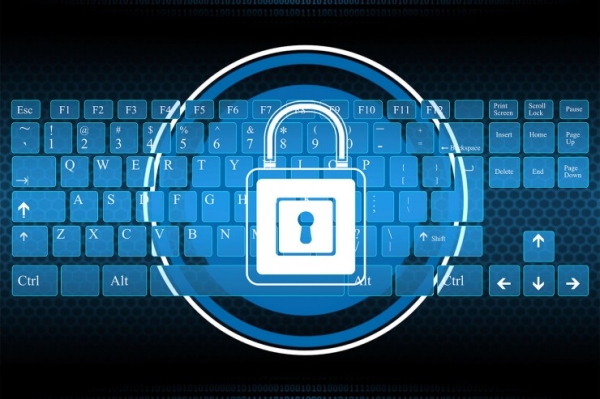
What is Ransomware?
Ransomware is a type of virus that stops users from being able to access their personal files and information, and can fully control an affected device.
It may ask users to pay a ransom, usually in Bitcoin format, to give the access code to the affected devices and files.
Ransomware viruses may typically appear in this way: You would receive a spam email with a link or attachment of a virus.
The sender would trick you into accessing the link or file, by saying that it is a personal file.
The virus would encrypt all the files in your device and add an access code/password for access.
The virus may ask you for money to unlock the access within a set time period.
Read also: Oman steps up efforts to combat cyber attacks
In the last week, many “Ransomware” viruses have spread, including: “Locky” programme, which encrypts files and renames them under the extension “.locky”.
“CTB Locky” programme, which targets files of websites.
Other examples are TeslaCrypt Ransomware, Trojan-Ransom.NSIS.Onion.jmc, and Ransom. FileCryptor.
Ways to stay protected: Update all virus protected programmes, update all operating systems.
When using emails: Don’t open links from unknown sources, scan all attachments before downloading them, make copies of all important documents, and keep the copies in a device that is not part of the network, if a virus does affect your device, isolate your device from the network so that the virus does not spread to other devices in the network, use anti-Ransomware programmes, spread awareness to institutions and individuals about the virus and the guidelines.
Programmes that can remove viruses: Trend Micro Anti-Ransomware Tool, Ransomware Decryptor from Kapersky, Stinger from McAfee, Cisco’s Talos Teslacrypt.
- BitDefender AntiCryptoLocker.